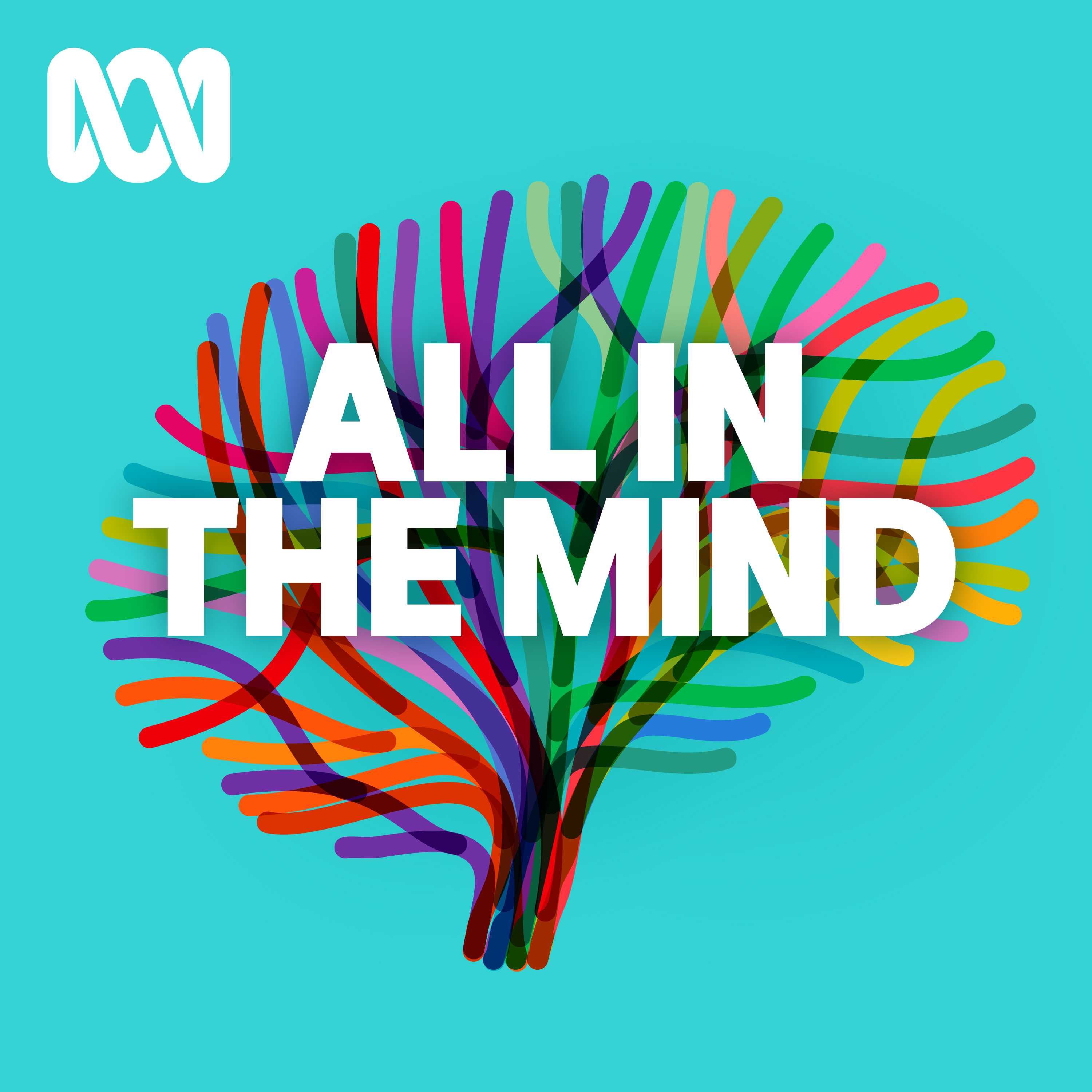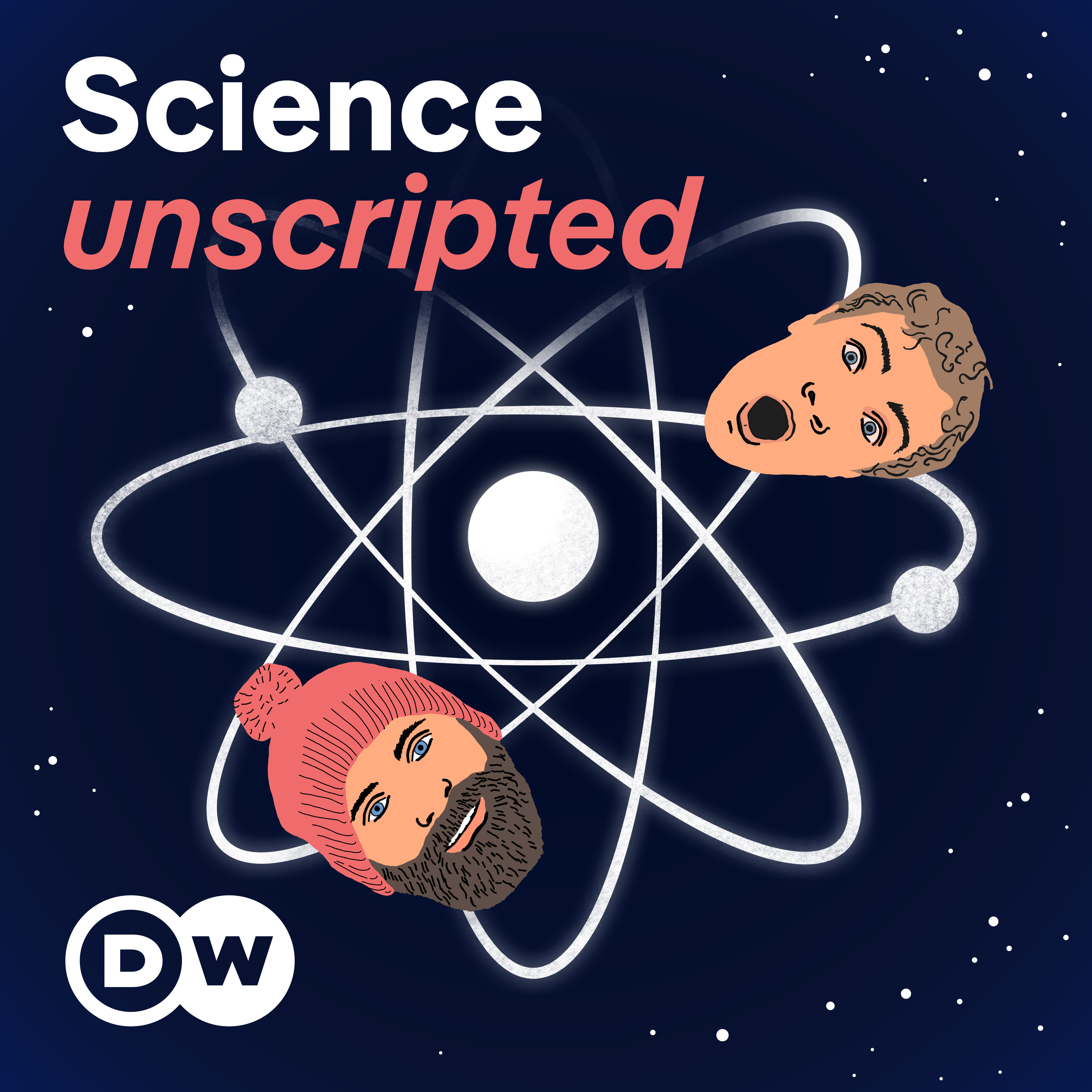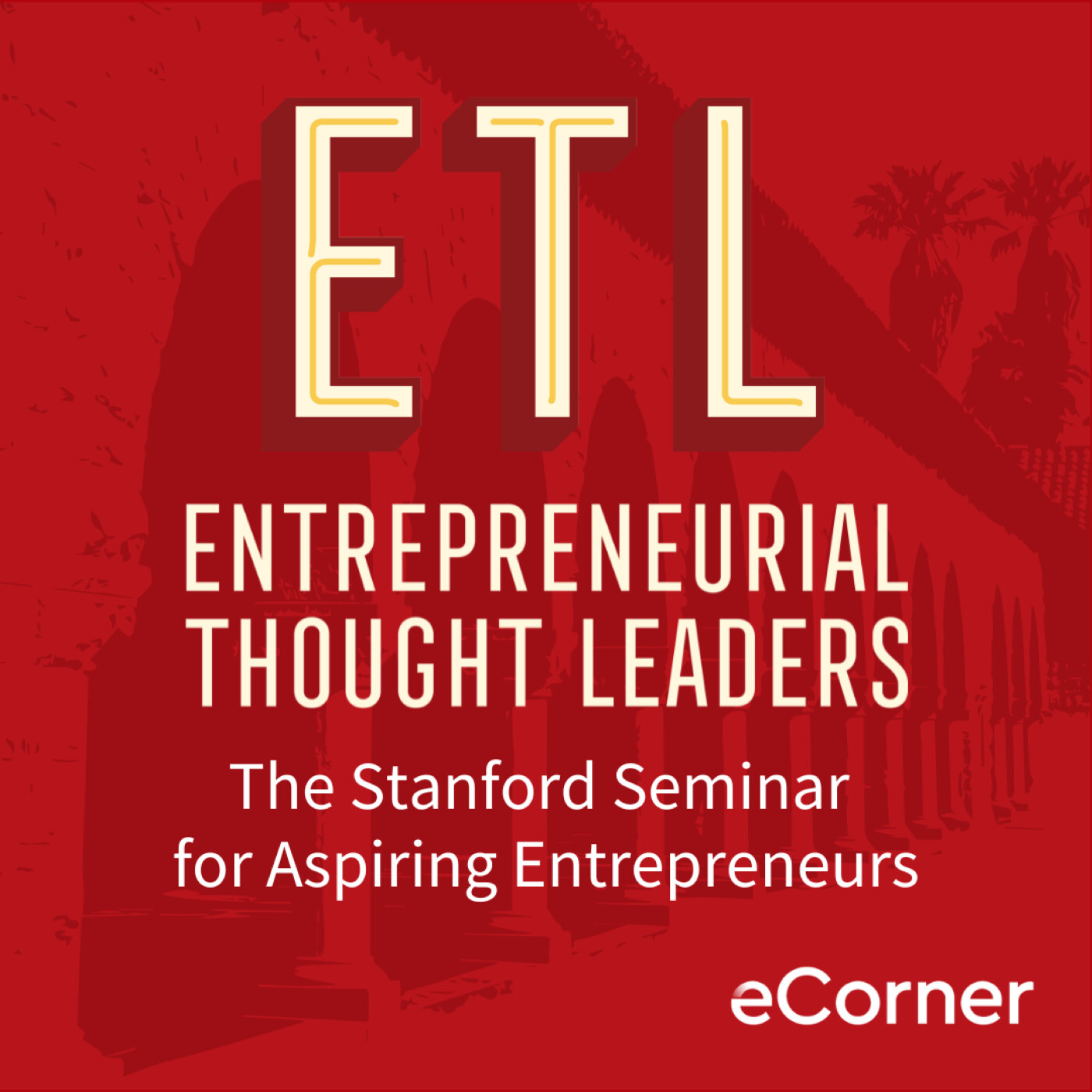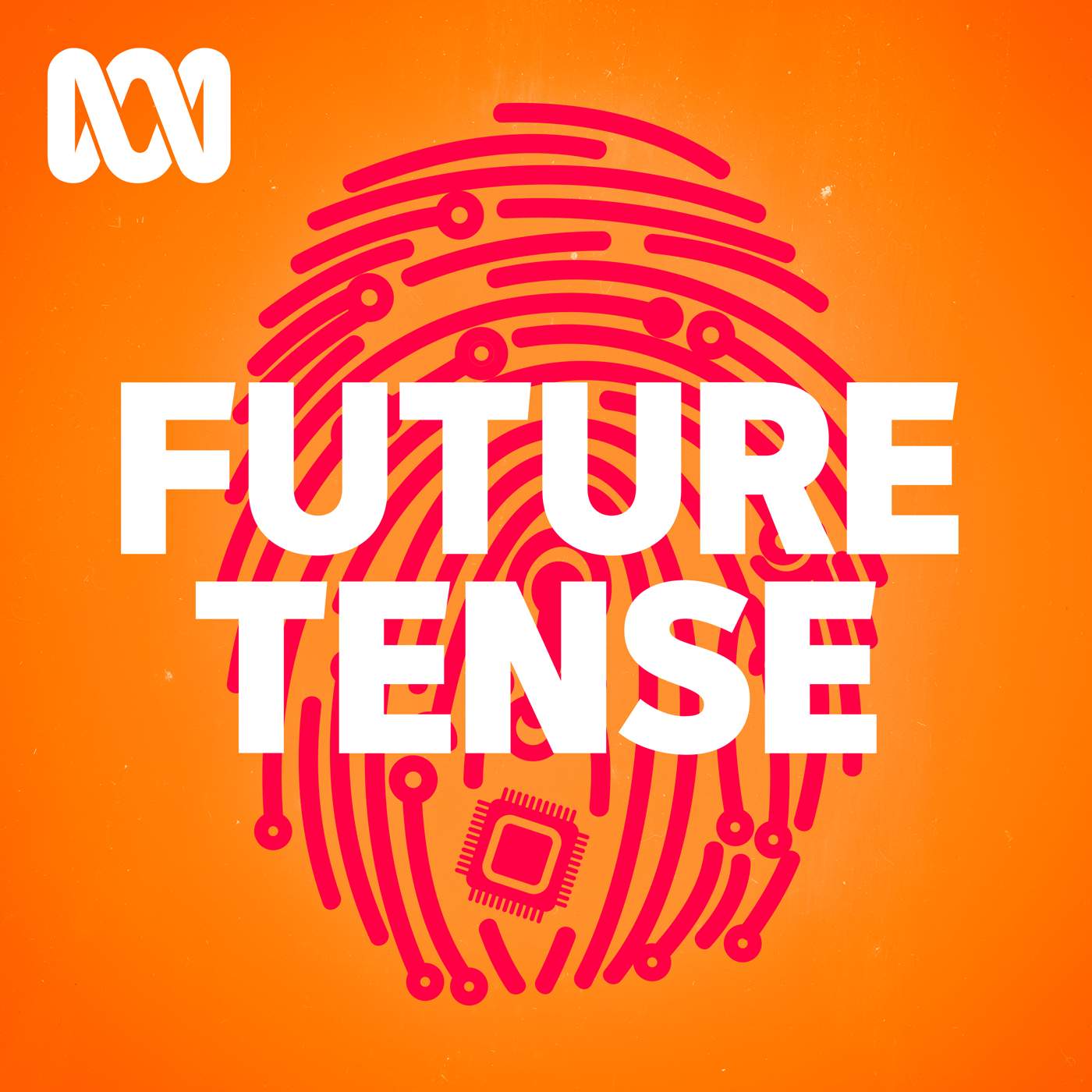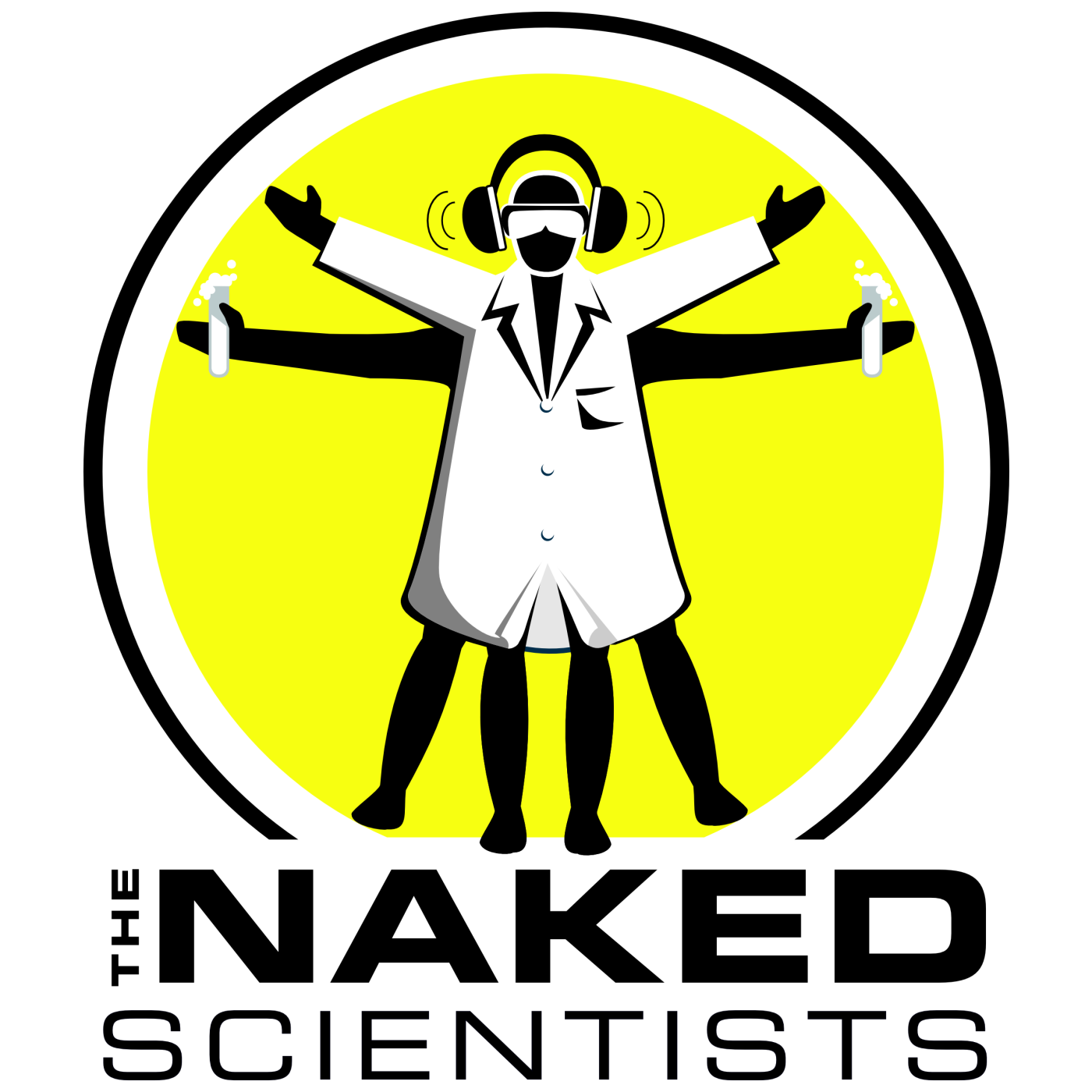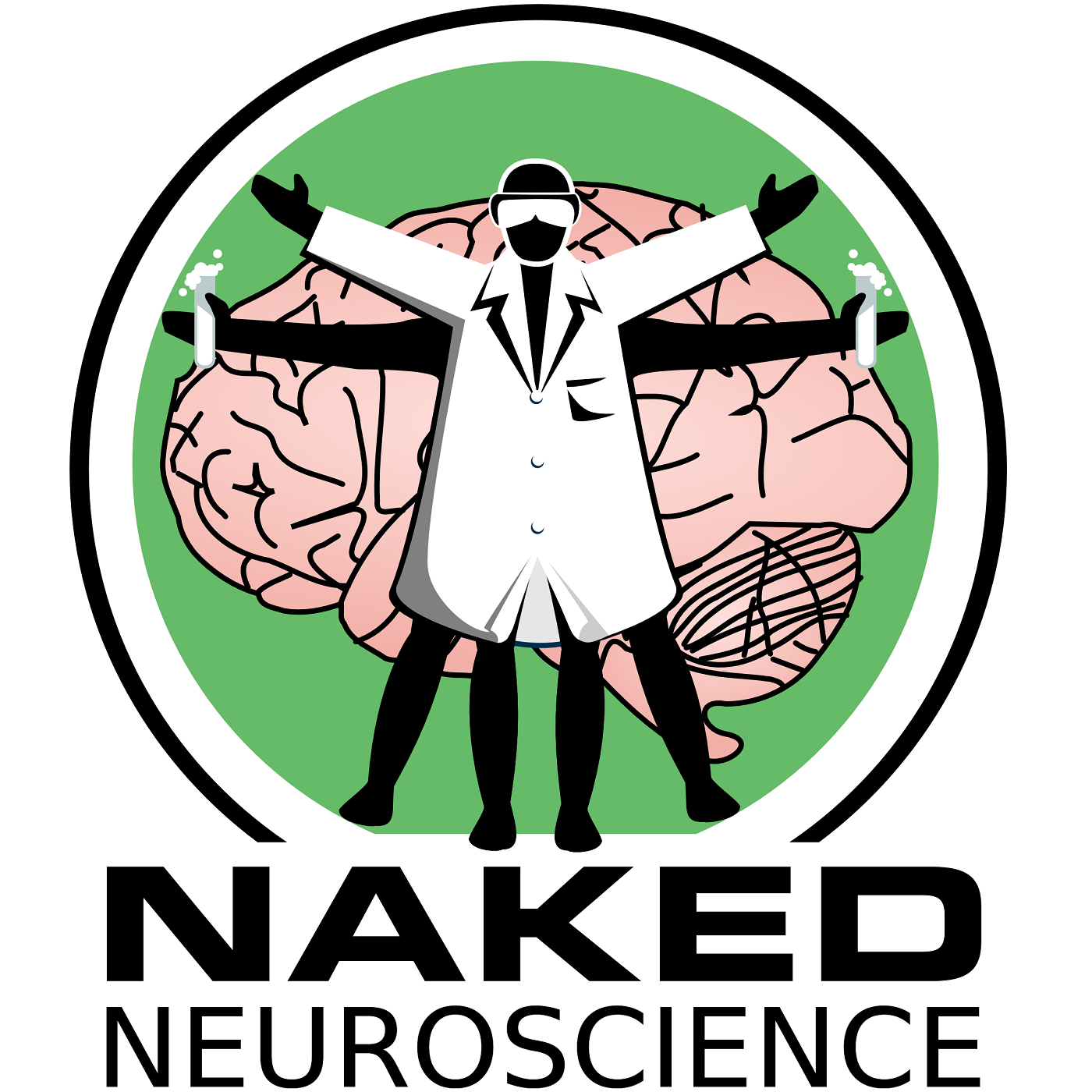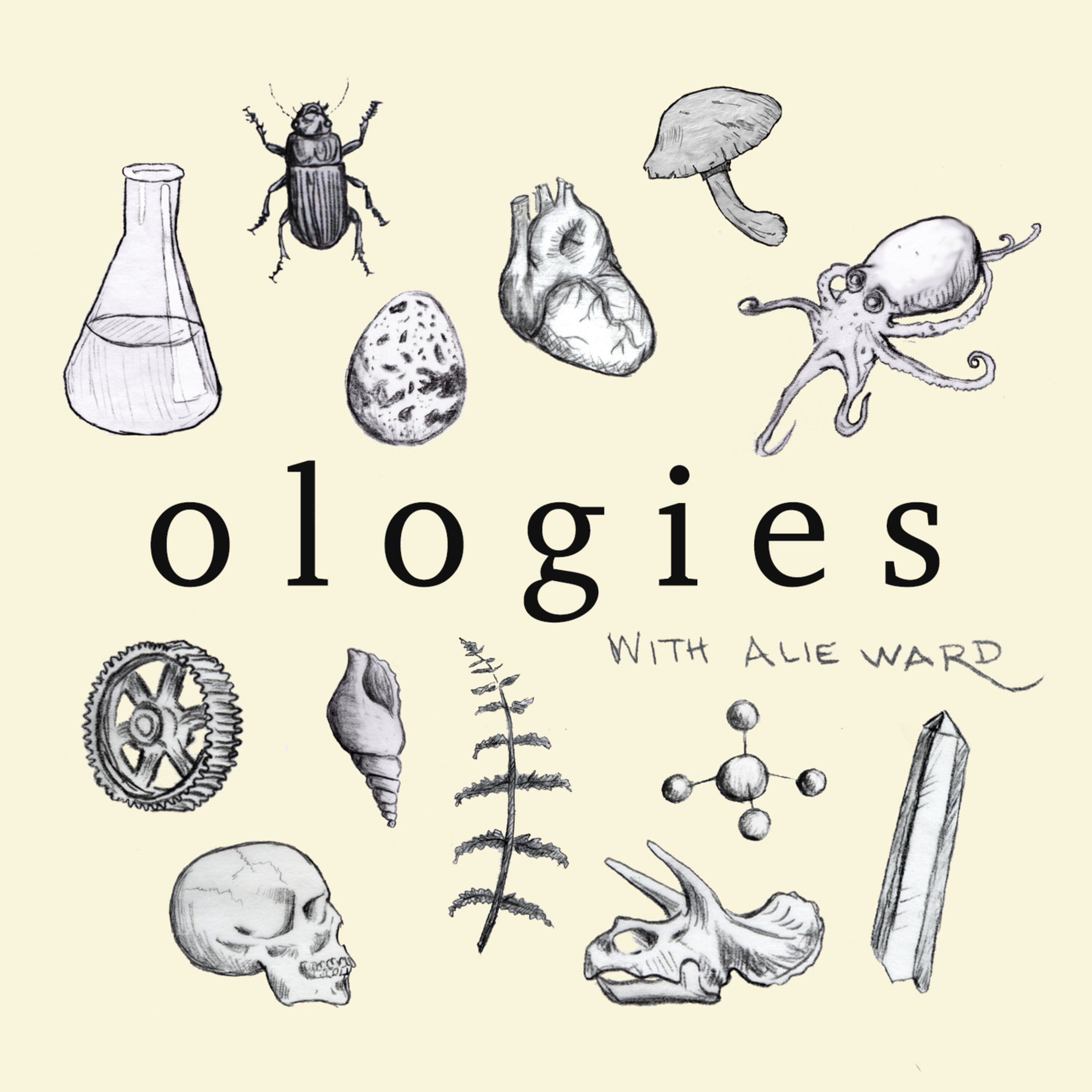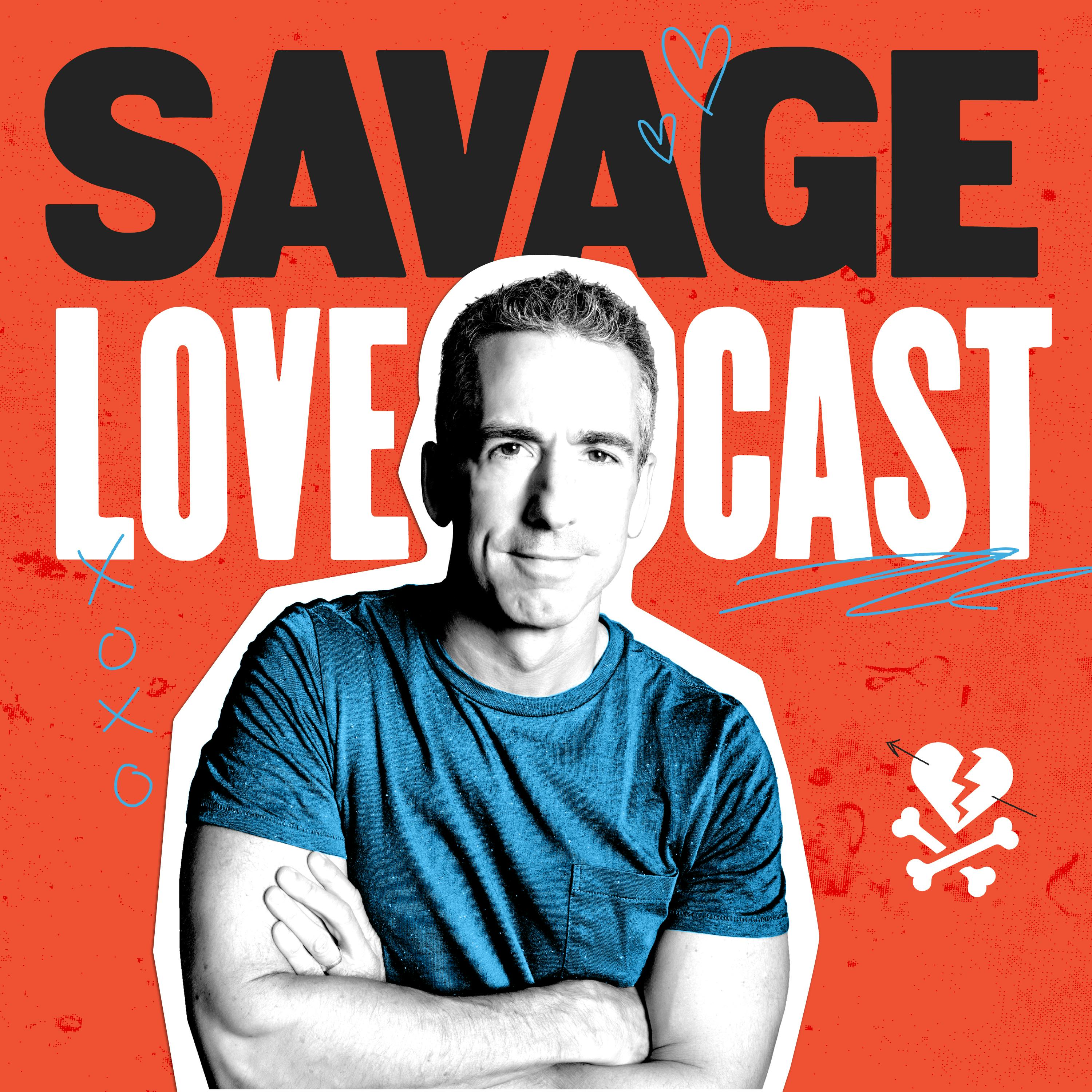
Heliox: Where Evidence Meets Empathy 🇨🇦
Join our hosts as they break down complex data into understandable insights, providing you with the knowledge to navigate our rapidly changing world. Tune in for a thoughtful, evidence-based discussion that bridges expert analysis with real-world implications, an SCZoomers Podcast
Independent, moderated, timely, deep, gentle, clinical, global, and community conversations about things that matter. Breathe Easy, we go deep and lightly surface the big ideas.
Curated, independent, moderated, timely, deep, gentle, evidenced-based, clinical & community information regarding COVID-19. Since 2017, it has focused on Covid since Feb 2020, with Multiple Stores per day, hence a sizeable searchable base of stories to date. More than 4000 stories on COVID-19 alone. Hundreds of stories on Climate Change.
Zoomers of the Sunshine Coast is a news organization with the advantages of deeply rooted connections within our local community, combined with a provincial, national and global following and exposure. In written form, audio, and video, we provide evidence-based and referenced stories interspersed with curated commentary, satire and humour. We reference where our stories come from and who wrote, published, and even inspired them. Using a social media platform means we have a much higher degree of interaction with our readers than conventional media and provides a significant amplification effect, positively. We expect the same courtesy of other media referencing our stories.
Heliox: Where Evidence Meets Empathy 🇨🇦
Early Bird versus Night Owl: Optimizing Your Chronobiology
This isn't just about individual suffering—it's about what we're losing as a society. When you force creative, productive night owls to perform during their biological off-hours, you're not getting their best work. You're not accessing their full cognitive potential. You're creating a world where a significant portion of the population is perpetually operating at partial capacity.
Think about the innovations we might be missing. The art never created. The problems never solved. The connections never made. When we structure society around one chronotype, we're not just hurting individuals—we're impoverishing our collective human potential.
This is Heliox: Where Evidence Meets Empathy
Independent, moderated, timely, deep, gentle, clinical, global, and community conversations about things that matter. Breathe Easy, we go deep and lightly surface the big ideas.
Thanks for listening today!
Four recurring narratives underlie every episode: boundary dissolution, adaptive complexity, embodied knowledge, and quantum-like uncertainty. These aren’t just philosophical musings but frameworks for understanding our modern world.
We hope you continue exploring our other podcasts, responding to the content, and checking out our related articles on the Heliox Podcast on Substack.
About SCZoomers:
https://www.facebook.com/groups/1632045180447285
https://x.com/SCZoomers
https://mstdn.ca/@SCZoomers
https://bsky.app/profile/safety.bsky.app
Spoken word, short and sweet, with rhythm and a catchy beat.
http://tinyurl.com/stonefolksongs
Curated, independent, moderated, timely, deep, gentle, evidenced-based, clinical & community information regarding COVID-19. Since 2017, it has focused on Covid since Feb 2020, with Multiple Stores per day, hence a large searchable base of stories to date. More than 4000 stories on COVID-19 alone. Hundreds of stories on Climate Change.
Zoomers of the Sunshine Coast is a news organization with the advantages of deeply rooted connections within our local community, combined with a provincial, national and global following and exposure. In written form, audio, and video, we provide evidence-based and referenced stories interspersed with curated commentary, satire and humour. We reference where our stories come from and who wrote, published, and even inspired them. Using a social media platform means we have a much higher degree of interaction with our readers than conventional media and provides a significant amplification effect, positively. We expect the same courtesy of other media referencing our stories.
This is Heliox, where evidence meets empathy. Independent, moderated, timely, deep, gentle, clinical, global, and community conversations about things that matter. Breathe easy. We go deep and lightly surface the big ideas. You know those familiar rhythms of daily life? The alarm clock buzzing, maybe the smell of coffee brewing, the sun hitting your face when you step outside. Yeah, those cues, they really structure our day, don't they? Tell us what's coming next. Exactly. And it's easy to think that's all there is to it, just the sun and our routines keeping things predictable. But beneath all that, there's something else going on, a kind of unseen conductor. That's it, exactly. We're talking about this other clock ticking away deep inside us, our internal clock. You might know it as your circadian rhythm. It's like the maestro in the, well, the orchestra of your life, making sure almost everything runs on this sort of hidden schedule. So in this deep dive, we're going to really unpack the science here, the field of chronobiology. Yeah, we'll explore what this internal clock actually is, how it works, and it's frankly surprising influence on pretty much every function in your body. Our mission is really to pull out the key insights from the research we've looked at, giving you a kind of shortcut to understanding your own unique rhythm. And how knowing that can seriously impact your health, your focus, even your relationships. Okay, so let's start right there. This invisible conductor, what is it? The name itself, Circadian, gives us a clue. It comes from Latin circa, meaning approximately, and Tramcidadian meaning day. So roughly a day. And it's not just us humans, is it? This is like a really old fundamental thing in biology. Oh, totally. It's innate. You find it everywhere. Insects timing their growth by the moon, plants moving their leaves on a 24-hour cycle. Wow. Even molds they studied in space. They kept forming spores periodically. They just knew the time, even out there. It seems to tick away, even in total darkness. That's wild. And we've known about this internal aspect for a while, thanks to some pretty famous experiments. You mean the bunker experiments? Yes. Back in the 70s, Max Planck Institute. Yeah. Kind of notorious, really. Tell us about those. They basically locked people underground. Yeah. Volunteers spent weeks in an underground bunker. No daylight, no clocks, nothing. Completely cut off from external time cues. And what happened? Did their schedules go haywire? Not really. Their sleep-wake cycles, they still settled into a rhythm that was, you know, roughly 24 hours long. So even without the sun, the clock kept going. Exactly. It was really powerful proof that this thing runs internally, independent of the outside world. And researchers today are still finding clever ways to study this, right? Like the work Manuel Spitschad is doing. Yes. At the Max Planck Institute for Biological Cybernetics, they're doing some really neat stuff in their sleep labs. What kind of stuff? How do you study a clock you can't see? Well, they designed these experiments to deliberately mess with people's sleep schedules, like having them sleep for maybe 1.25 hours, then stay awake for 2.5 hours, repeating that cycle over, say, 40 hours. Whoa, that sounds intense. What's the point of that? The goal is to decouple the internal clock from external light, obviously, but also from the normal feeling of sleepiness that builds up. Ah, okay. So normally you get sleepier the longer you're awake. How do they separate that from the clock? Right. During a normal day, this molecule, adenosine, it builds up in your brain. That's what causes sleep pressure, that feeling of needing to sleep. Okay. By letting people take these short, frequent naps in the experiment, they reduce that adenosine buildup. The sleep pressure stays low. But the internal clock. The internal clock just keeps ticking along on its own schedule, regardless of how sleepy the person feels. It shows really clearly there are two different processes. So one system for sleep pressure, another for the underlying rhythm. Exactly. They interact naturally, of course. But in the lab, you can put them apart and see the clock's independence. It's quite resilient. Okay, so this clock runs on its own, separate from tiredness. And you mentioned it's roughly 24 hours. Does that mean it's not exact for everyone? That's a really key point. It's often not exactly 24 hours. Your personal internal clock might run a little faster, maybe 23 and a half hours. Making you naturally an early bird. Right. Or it might be a bit slower, maybe 24 and a half hours so you naturally drift later. Ah, so that explains why some people really struggle with early mornings. Or why others fade early in the evening. It's not just preference, it's biology. Precisely. On average, across the population, it gets close to 24 hours. But individually, there's variation. And it explains a lot about feeling in sync or out of sync. And it's not just about sleep and wakefulness, is it? This clock seems to be running the whole show. Oh, it's incredible. The reach is just vast. These studies show it controls countless processes. Like what? Well, your core body temperature fluctuates on a cycle. The release of stress hormones like cortisol, your metabolism when it ramps up or down. Even things like how well you see, your attention span, your immune system function, muscle performance. Wow, it's almost everything. It really seems that way. Pretty much all our physiological functions seem to have this circadian dependency. It's way more than just feeling tired. Okay, so if it's running everything, where is this master controller located? In the brain somewhere? Yes, exactly. The central hub is a tiny bundle of nerves in the brain called the suprachiasmatic nucleus, SCN for short. SCN. Okay, where is that? It's situated right where the optic nerves from your eyes cross over, a very strategic spot. Makes sense if it's linked to light. It is. The SCN then sends signals to another tiny part, the pineal gland And that's what produces melatonin The sleep hormone The signal that tells your body, okay, it's nighttime, time to wind down And this happens rhythmically about every 24 hours, even if the lights are off Okay, so the SCN is the brain's clock Does that mean being a morning person or a night owl is just fixed, like hardwired? That's a really important question The tendency, your chromotype, is largely genetic Yes. It's strongly influenced by your DNA. So you're born a lark or an owl, basically. To a large extent, yes. But it's not completely rigid. The clock does have some flexibility. It can be shifted a bit by your environment. Like jet lag. Exactly like jet lag. Your clock can adjust, but it happens slowly. The rule of thumb is roughly one day of adjustment for every hour of time difference you've traveled. Okay, so you can nudge it, but you can't fundamentally change your core type easily. That seems to be the case. Genetics lays the foundation. We mentioned the SCN gets input from the eyes. So light must be a huge factor in keeping this clock aligned, right? Absolutely huge. Light is the primary calibrator. It doesn't change the clock's natural speed, that sort of 24-hour-ish period, but it resets it daily. It keeps it synced with the actual day-night cycle. How does that work? How does light talk to the SCN? Well, a really big discovery around the year 2000 was finding these special cells in the retina. They're called melanopsin, containing ganglion cells. Melanopsin cells. Okay, are they different from the rods and cones we use for normal vision? Yes, totally different. These cells detect light, specifically the overall brightness, and send signals directly to the SCN. Ah, a dedicated pathway just for the clock. Pretty much. And when the SCN gets that light signal, it tells the pineal gland, hey, start making melatonin, it's daytime. So does any light do this, or is it specific kinds of light? That's another key finding. It's not just any light. Experiments show that light hitting only the cones of the color vision cells didn't affect melatonin. Okay. It's specifically the light that stimulates these melanopsin cells that matters for the clock. And they're particularly sensitive to blue light around the 490 nanometer wavelength. Blue light. That's what everyone talks about with phones and screens before bed. Exactly. That blue wavelength is effective at telling your brain it's daytime. and suppressing melatonin, which is why screen time late at night can interfere with sleep. So should we all be using those blue light filter apps or glasses? Well, here's something interesting from the research. While the blue light is a factor, the overall intensity or brightness of the light might actually be more important for these melanopsin cells. Really? So just turning the brightness down helps? Yes. Simply dimming your phone screen significantly reduces the total amount of light hitting those cells. That seems to have a bigger impact on reducing the signal to your internal clock than just filtering out some of the blue. That's a really practical tip. Dimming beats filtering, potentially? Often, yes. It's about reducing that overall light load hitting those specific cells. And this research isn't just stuck in the lab, is it? Spitchchan's team is actually measuring light exposure out in the real world. They are, yeah. They've developed these cool little devices, sensors embedded in glasses, necklaces, bracelets, that people wear throughout their day. What do they measure? They track the actual amount and type of light the person is exposed to. They're doing this in lots of different countries, Germany, Spain, Ghana, Sweden, the Netherlands, Turkey. Wow, trying to get a global picture of real-world light. Exactly, to understand how our modern light environments are really impacting our internal clocks on a day-to-day basis. Now, while we're on light, there's a funny kind of quirky thing related to light sensitivity you mentioned earlier. Ah, yes. The photic sneeze reflex. It's not directly related to the main clock function, but it's definitely entertaining. That is it. About 20 to 30 percent of people, and Manuel Spichan himself is apparently one of them, they sneeze, like compulsively, when they're suddenly exposed to bright light, like walking out into sunshine. No way. Why? Nobody knows for sure. Spichan theorizes it might somehow be linked to those melanopsin cells again, maybe some crossed wires. But yeah, the exact mechanism is still a mystery. That's hilarious. A light triggered sneeze. Okay, let's shift back to the main chronotypes, the larks and the owls. How does knowing which you are actually help in daily life? Oh, it's hugely important. Knowing your chronotype helps you understand your natural energy patterns. And you can try to structure your life, well, a bit more in harmony with them. So recap the main types for us. Sure. You've got the morning chronotype or larks. They wake up early, naturally, feel best and most productive in the morning, and tend to wind down earlier in the evening. Alarm clock optional for them sometimes. Often, yeah. Then you have the late night trinotype, or night owls. They prefer staying up late, waking up later. Mornings can be a real struggle, and their peak energy and focus often hit in the late afternoon or evening. And it's crucial to remember this isn't just laziness or preference, right? It's biological. Absolutely. It's a predisposition. And living against your type can have real consequences, especially for health. What kind of health implications are we talking about? Well, generally speaking, larks tend to report better sleep quality. They also often show better mental health outcomes, higher well-being, lower rates of depression and anxiety. And some studies suggest a lower risk for chronic things like heart disease and diabetes. And for night owls, it sounds tougher for them in our standard 9-to-5 world. It often is. They frequently struggle with sleep quality because society's schedule forces them awake before their bodies are ready. This misalignment, this social jet lag, is linked to increased risks for mental health issues like mood disorders. And physical health too. Yes. Greater risk for physical problems as well. Things like metabolic disorders, obesity, cardiovascular issues seem to be more common in night owls who are forced into an early schedule. It really feels like the world is tilted towards the larks. It does. I remember reading about that Canadian university student study you mentioned. It really highlighted the mental and social side of this. Yes, that was striking. They surveyed over 3,000 students, found about 36% were evening types, only 9% morning types, the rest intermediate. And the evening types struggled more. Significantly so. They reported worse symptoms of depression and anxiety and definitely poor sleep quality compared to the others. Was there anything else beyond mood and sleep? Yes, and this is really interesting. The morning types reported having higher levels of social support and also higher mindfulness. The evening types, though, reported the lowest levels of social support across the board. Wow. So feeling out of sync biologically might also impact feeling connected socially. It seems that way. The study really called for more education and maybe intervention specifically for evening types, not just for managing sleep, but also maybe finding ways to boost that social support and mindfulness. Our biology and our social lives are deeply intertwined. That connection is fascinating, and it plays out in personal relationships too, doesn't it? Imagine a lark and an owl living together. Oh, absolutely. It can be a real source of friction if you don't understand what's going on. We've got this really nice anecdote about a couple exactly like that. A morning person and a night owl, how did they manage? Well, initially it caused challenges, as you'd expect. Different sleep times, different peak energy times. But they learned about the science, about chronotypes. So understanding helped. Massively. They realized their differences weren't character flaws. They were just biological realities. Gifts, even, in a way. How did they adapt? They focused on boundaries and compromise. Maybe breakfast dates became their thing instead of late nights out, evening walks after dinner instead of trying to force one person into the other's schedule. And lots of open communication, talking about their needs without blame. That sounds like a healthy approach. It really does. Their story showed how understanding, compromise, and love can navigate these biological differences. That's a great takeaway. So for listeners trying to live more in sync, any practical tips? For larks first, maybe? Sure. If you're a lark, lean into it. Schedule your most important tasks for the morning when you're sharpest. Protect your evenings. Establish a relaxing wind-down routine. And definitely get that morning sunlight to keep your clock anchored. Makes sense. And for the owls, who might feel like they're swimming upstream? For owls, flexibility is key where you can find it. If possible, try to shift work or social activities to align better with your later peak times. Save demanding tasks for the afternoon or evening if your schedule allows. And create a really consistent, calming bedtime routine, even if it's late, to signal sleep to your body. Is there anything everyone can do, regardless of type, if they feel their schedule is a bit off? Yes. The most powerful tool we have universally is light exposure, specifically getting more natural light, particularly in the first half of the day. Even if you're an owl, morning light exposure can help nudge your clock slightly earlier, making it easier to align with societal demands if needed. So light is the big lever we can all pull. It's the most effective non-drug way to influence your internal clock timing. Genetics are hard to change, but light exposure is something you can manage. It's really striking how much misunderstanding there still is around this, though. People feeling guilty or lazy for not being mourning people. Oh, absolutely. It's caused so much unnecessary suffering and judgment. People thinking there's something wrong with them because they can't just snap out of it and get up early. When it's literally their biology. Exactly. That's why efforts like Spitschan's mobile lab tour in Germany are so important. Letting people see their own pupil reactions to light, find out their chronotype. It raises awareness. Bringing the science to the public. Yeah. Replacing that judgment with actual understanding. It's empowering knowledge. This has been fascinating. It really underscores how deeply these internal clocks influence us and how understanding your own type, the role of light and finding ways to adapt can make such a difference to well-being, to relationships. It really does. It's about tuning into these powerful built-in rhythms that are guiding so much of our lives, often without us even realizing it. And it highlights this real tension, doesn't it? Our biology is incredibly diverse in this respect. Larks, owls, intermediate types. All running on slightly different internal schedules. Right. But our society, schools, start times, work schedules, it's largely built on this one-size-fits-all model. Yeah. So considering that our internal clocks are such a fundamental and diverse aspect of human biology, and yet much of our modern society from school start times to typical work hours operates on a one size fits all schedule, what does this truly mean for our collective health and productivity? Hmm. That's the big question, isn't it? How might we both as individuals and maybe as a society start to rethink our daily structures? Could we design things to better harmonize with these powerful, personalized biological rhythms to foster not just individual thriving, but maybe a more in-tune, flourishing world overall? Thanks for listening today. Four recurring narratives underlie every episode. Boundary dissolution, adaptive complexity, embodied knowledge, and quantum-like uncertainty. These aren't just philosophical musings, but frameworks for understanding our modern world. We hope you continue exploring our other podcasts, responding to the content, and checking out our related articles at heliocspodcast.substack.com.


